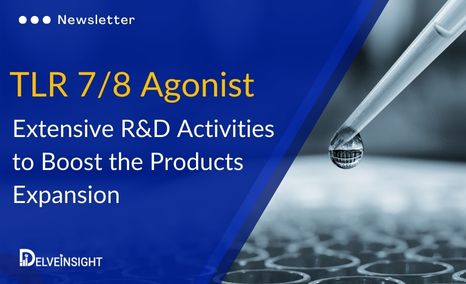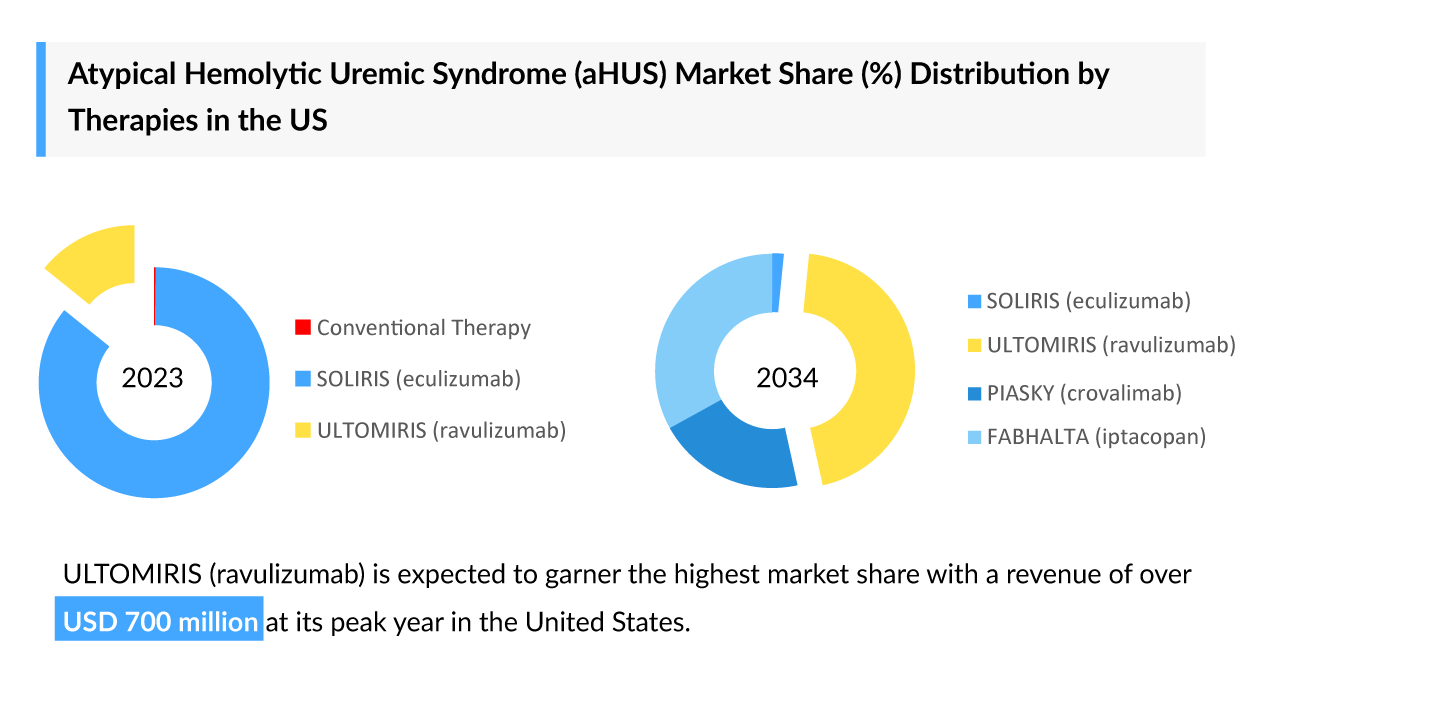
Novo Nordisk Seeks FDA Approval for CagriSema; EU Approves Subcutaneous Self-administration of SAPHNELO via Pre-filled Pen for SLE; Cytokinetics Secures FDA Approval of MYQORZO for Adult Patients with Symptomatic Obstructive HCM; Boehringer’s JASCAYD Wins FDA Approval for Adult Pulmonary Fibrosis; BioMarin to Acquire Amicus for $4.8B, Advancing Long-Term Growth in Rare Diseases
Novo Nordisk Submits CagriSema for FDA Review as a Once-weekly GLP-1–amylin Combination Therapy for Weight…
CAR-T Beyond Cancer: Resetting Immunity in Autoimmune Diseases
Articles
Dec 22, 2025
WASKYRA Wins FDA Approval, Marking a Historic Leap for Rare Disease Gene Therapies
Articles
Dec 19, 2025
BD Broadens BD MAX™ System Menu with IVDR-Certified VIASURE Assays; OrthAlign Broadens the Lantern® Hip Platform for Posterior Approach Total Hip Arthroplasty; Bioretec Received FDA Breakthrough Device Designation for the Remeos™ Drillpin; Medivis Achieves First FDA Authorization for AR Navigation in Neurosurgery; Cerapedics Publishes 24-Month ASPIRE Clinical Outcomes in Spine Journal; Acumed’s Acu-Loc NEXT System Debuts in First Wrist Fixation Surgery at Duke University Hospital
Notizia - Recent Pharma, Healthcare and Biotech Happenings
Dec 18, 2025
The Automated Eye: How AI-Driven Diagnostics are Reshaping the Future of Medical Imaging
Articles
Dec 17, 2025
Pilatus Biosciences Advances PLT012 Into the Clinic Following FDA IND Clearance; ENHERTU + pertuzumab Receives US Approval as the First New First-line Option in a Decade for HER2-positive Metastatic Breast Cancer; Sanofi Reports on Tolebrutinib Development in Primary Progressive MS; Gilead Reports Positive Phase 3 Results for Bictegravir–Lenacapavir Investigational HIV Therapy; argenx Announces Study Update for UplighTED Program of Efgartigimod SC in Thyroid Eye Disease
Notizia - Recent Pharma, Healthcare and Biotech Happenings
Dec 16, 2025
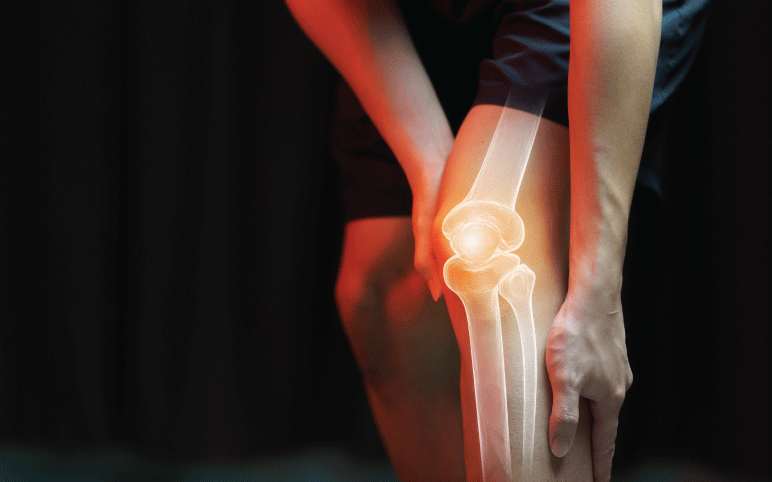
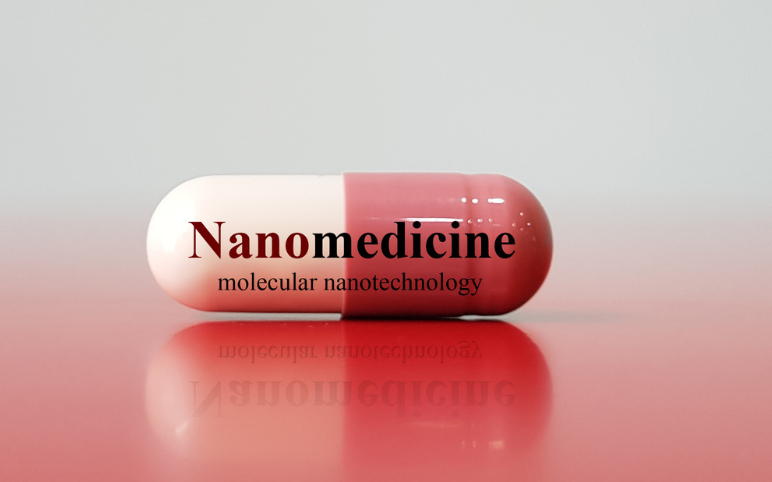

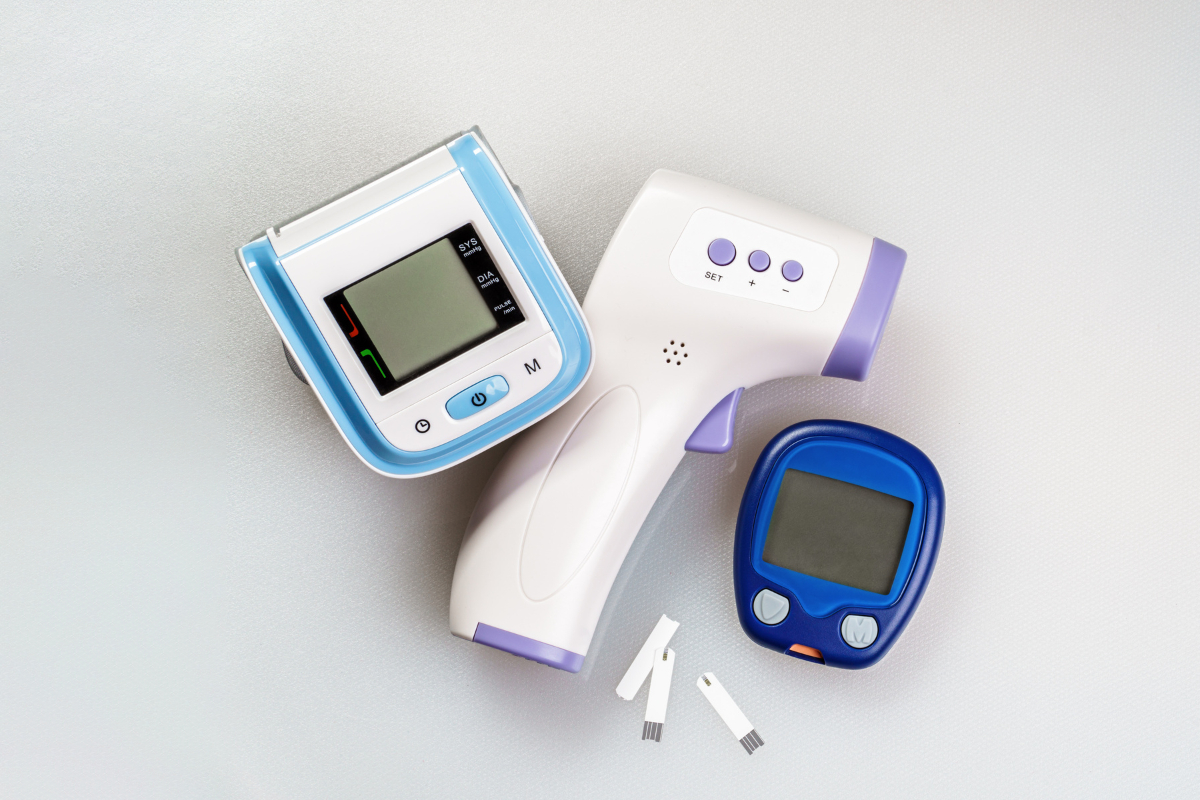
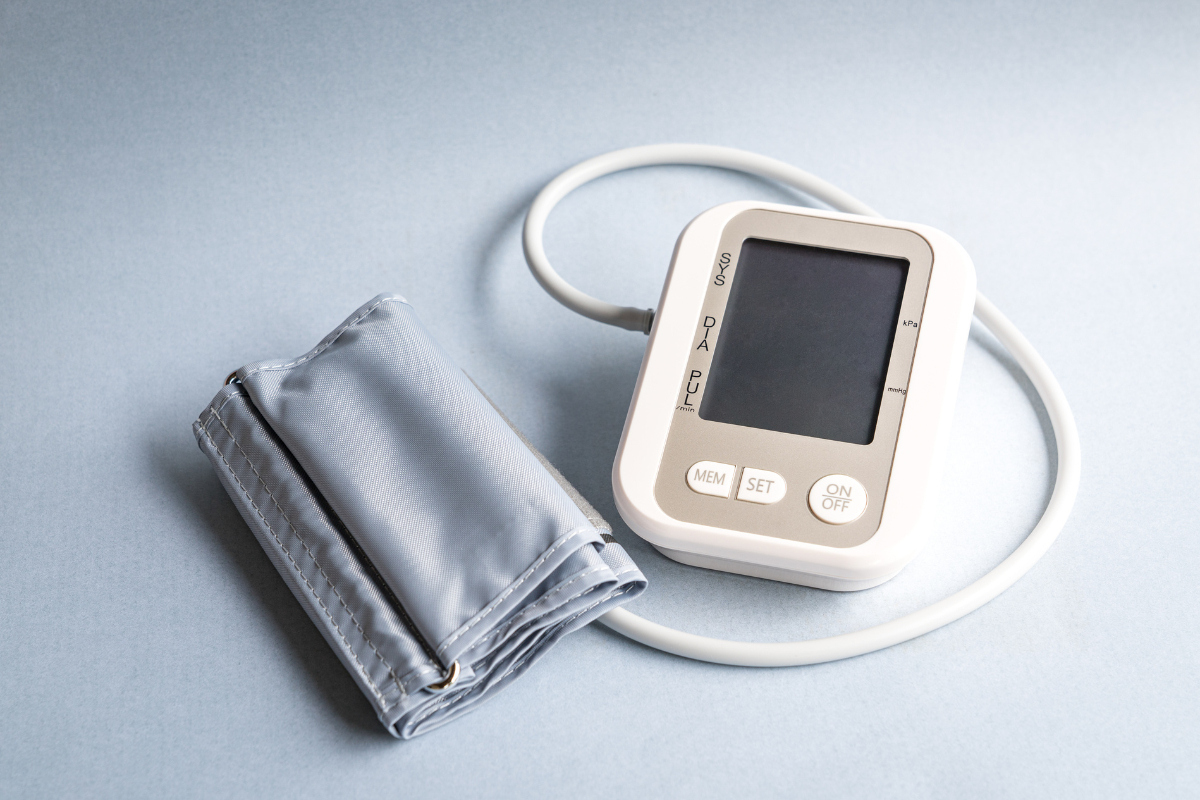











-Agonist.png)
